Making natural fertilizers at home is a low cost, easy way to add nutrients to your garden. Each of these recipes are easy to make, are low cost and are great for organic gardeners. Fertilizers and soil conditioners can be made at home including worm castings, leaf mold, compost, coffee ground mixes and composted animal manure mixes.
This article will explore 12 natural homemade garden fertilizer recipes that are easy to make at home. Check out each one, the ingredients you will need and how to make them at home.
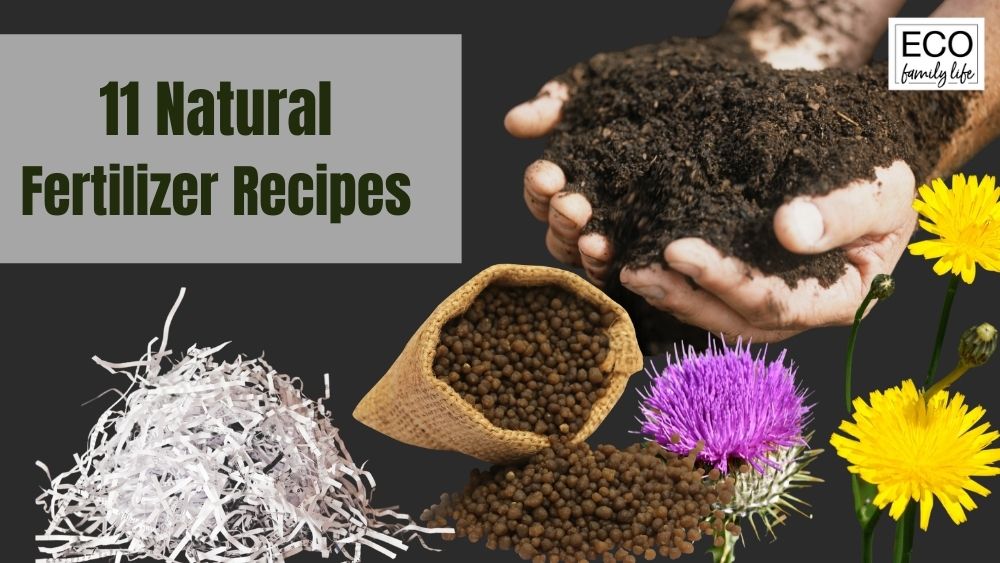
1. Worm castings
Worms are great composters that can be kept in a small backyard. You can make a simple worm farm for free from a Styrofoam box.

Worm casting recipe
Ingredients: Food scraps, lawn clippings, fall leaves, old straw and compost
Fill the base with old potting soil or old compost and buy a pack of 500 worms from your local garden center. Cover the worms with a worm blanket to keep them dark and moist.
Let the worms settle in for 2 weeks and then you can start adding food scraps. Worms break down the food scraps quickly and the worm casting can be used as a soil conditioner. It will contain lots of good soil bacteria which will break down the organic material to release the nutrients and make them available to your plants.
For more on how to make a worm farm at home, check out my article here: How to make a Styrofoam worm farm
How to use worm castings
Worm castings are a mild fertilizer that will add lots of organic material to your soil. Mix 1-2 handfuls through your potting mix or sprinkle it around the root zone of your plants. Mix it through soil before planting out your vegetables or new seedlings. It is a mild fertilizer and will not burn plant roots.
2. Leaf mold
Leaf mold or compost is the easiest, simplest fertilizer you can make at home. It is made by simply breaking down fall leaves in a compost bag or cage and by spring you will have nutrient rich leaf mold or compost to use in your garden.
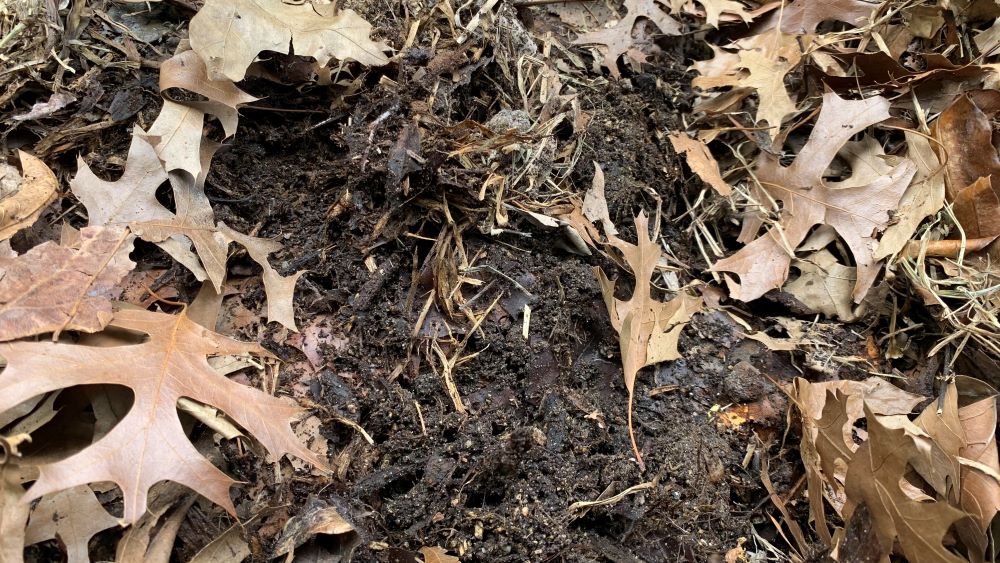
Leaf mold recipe
Ingredients: Fall leaves, used coffee grounds (optional)
Use natural compost bags to collect fall leaves from around your area. You can leave them in the bags to break down from fall to spring and you will have
Add small amounts of used coffee grounds to the bag to speed up the break down process. Coffee grounds are high in nitrogen and will help to enrich the compost ready for your soil.
For a large amount of leaf mold, create a wire cage that is 4x4x4 feet at least and fill it with fall leaves. Cover the top with palm leaves to stop the leaves from blowing away.
How to use leaf mold
Leaf mold can be used as a top dressing around the base of trees. Citrus trees in particular can be slowly fed with the leaf mold. As the water washes through the leaf mold the nutrient swill be washed down the to the roots. The organic material will be mixed through soil by worms and soil bacteria.
3. Compost
Compost is the most common gentle fertilizer that you can make at home. It can contain organic waste that would otherwise go to landfill. Compost contains a mild mix of nutrients that will gradually enrich your soil over time delivering nutrients gently to plants.
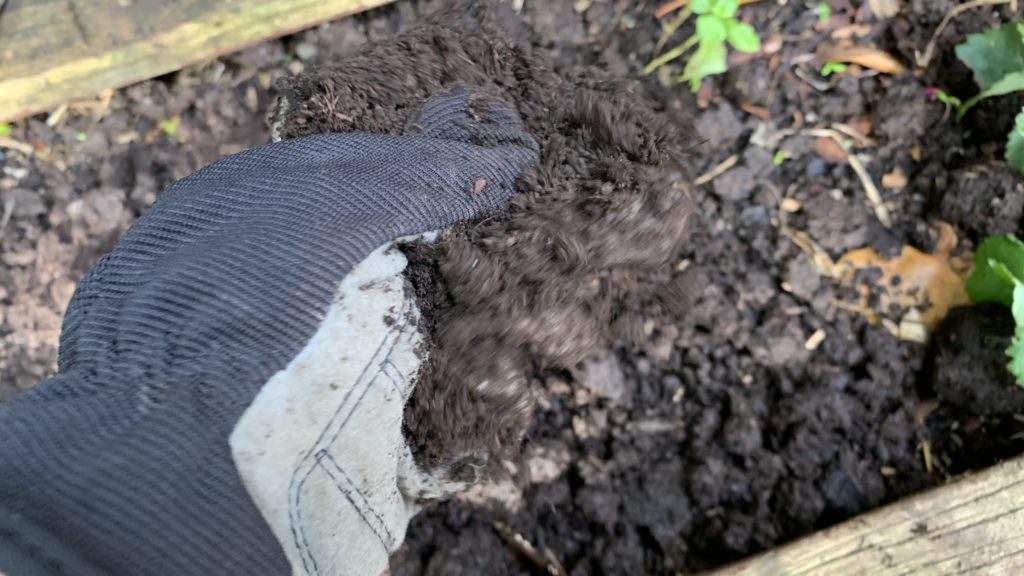
Compost recipe
Ingredients: Fall leaves, food scraps, coffee grounds, lawn clippings, old compost, old mulch, straw, hay, sugar cane, mulch, weeds without seeds and tree trimmings.
Simple cold compost is easy to make at home. You don’t even need a compost bin, just pile the ingredients in the corner of your yard. Mix ingredients together in a ratio of 1 part green material to 3 parts brown material.
Green materials are high in nitrogen and add a range of other nutrients. Green materials include food scraps, coffee grounds, green lawn clippings and green weeds.
Brown materials include fall leaves, straw, hay, dry tree trimmings, bark mulch and dry lawn clippings.
How to use compost
Compost can be mixed through soil before planting vegetable seedlings, new fruit trees or flower beds. Mix compost through potting soil to add extra organic matter and nutrients.
4. Composted coffee grounds
Coffee grounds are a great fertilizer for gardens. They contain loads of nitrogen and other nutrients including calcium and iron. Coffee grounds can vary in pH and contain chemicals depending on the way it was processed.
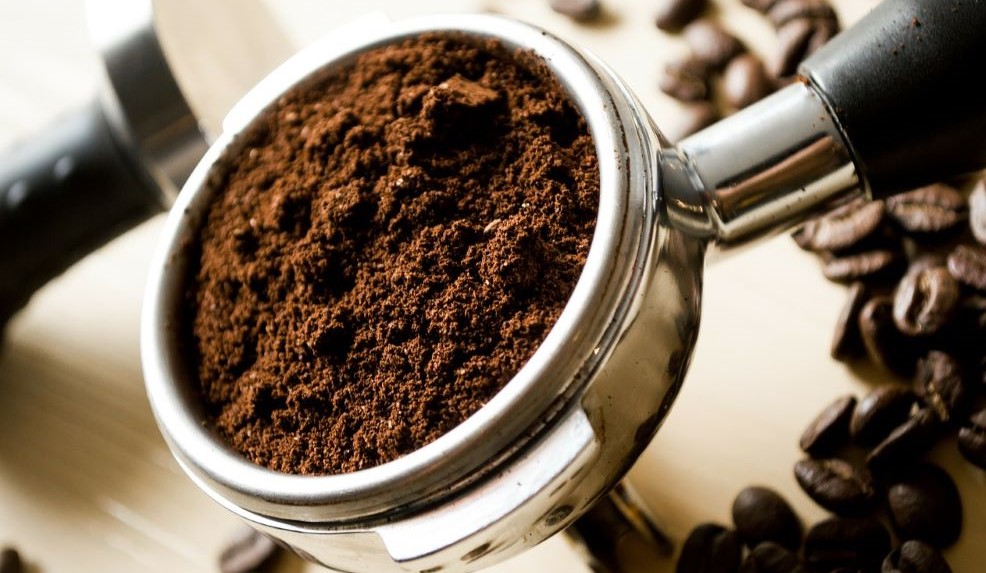
Coffee ground compost recipe
Ingredients: coffee grounds, food scraps, fall leaves
It is best to compost coffee grounds for at least 3 months before using them in your soil. Mix them through with other compost ingredients such as foods scraps and fall leaves and leave it to break down.
You can also mix coffee grounds through your regular compost. Avoid adding them to your worm farm as it may harm your worms.
How to use coffee grounds
Once coffee grounds have been mixed through compost, use them to improve soil by mixing them through before planting. Top dress fruit trees with a 1 inch layer of the coffee ground compost and cover the whole thing with mulch.
5. Composted animal manure
Make your own natural fertilizer from a mix of animal manures. Cow manure is high in carbon and chicken manure is high in nitrogen. Each animal manure will contain a different mix of ingredients and bacteria which is great for your garden.
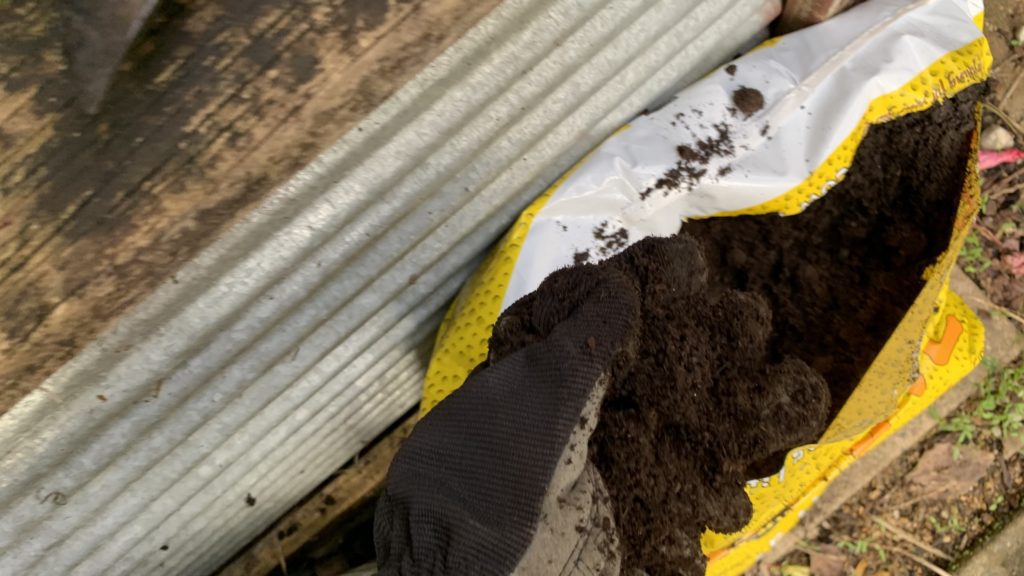
Animal manure mix recipe
Ingredients: Cow manure and pelleted chicken manure
Mix 1 handful of pelleted chicken manure in a 9 gallon bucket of aged cow manure. This mix is great for improving the soil for vegetable gardens, fruit trees, and flowers.
How to use animal manure mixes
Animal manure mixes are perfect for improving soil in new raise garden beds, potting soil, for refreshing soil in spring and fall in garden beds.
6. Crushed egg shells
Crushed egg shells are a simple way to add extra calcium to your soil. Crushing them into small pieces allows the shell to be broken down by soil bacteria quickly to make the calcium available to the plants.

Crushed egg shell fertilizer recipe
Ingredients: egg shells
Bake egg shells in your oven for 10 minutes at around 350 degrees Fahrenheit. This will dry out the egg shells and make it easier to break them down into smaller pieces. Once the egg shells have been baked and are cool, crush them into small pieces with a tin or rolling pin.
Smaller pieces of egg shell will be broken down faster, releasing the nutrients including calcium into the soil quicker.
7. Weed tea fertilizer
Weed tea is simple to make and makes great use of weeds. Making weed tea will draw out the nutrients from the weeds and return them to your soil.
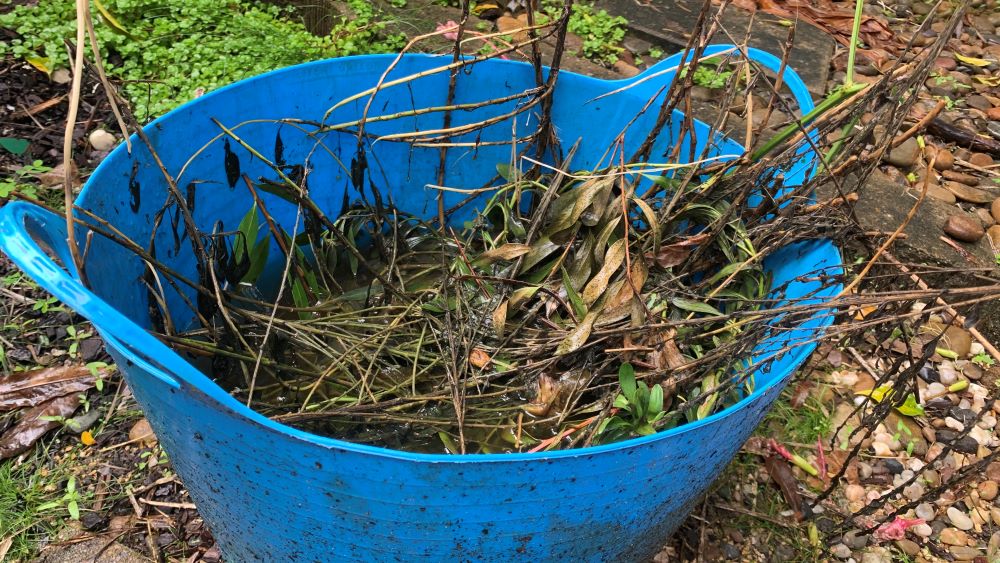
Weed tea fertilizer recipe
Ingredients: Green weeds and water
Fill a hessian bag with green weeds. Try to choose a variety of weeds because each will contain a different nutrient profile.
Fill the bucket with water and place the bag of weeds into the water. Allow it to sit for 2-6 weeks. This will allow the weeds to break down releasing the nutrients into the water. Pour the water into a watering can and diluting them down 1 part weed tea fertilizer to 10 parts water.
8. Aged manure and compost
A great soil improver that will add nutrients is a mix of aged manure and compost. This will be a mild fertilizer and is great for delicate plants or those that don’t like high nitrogen levels.
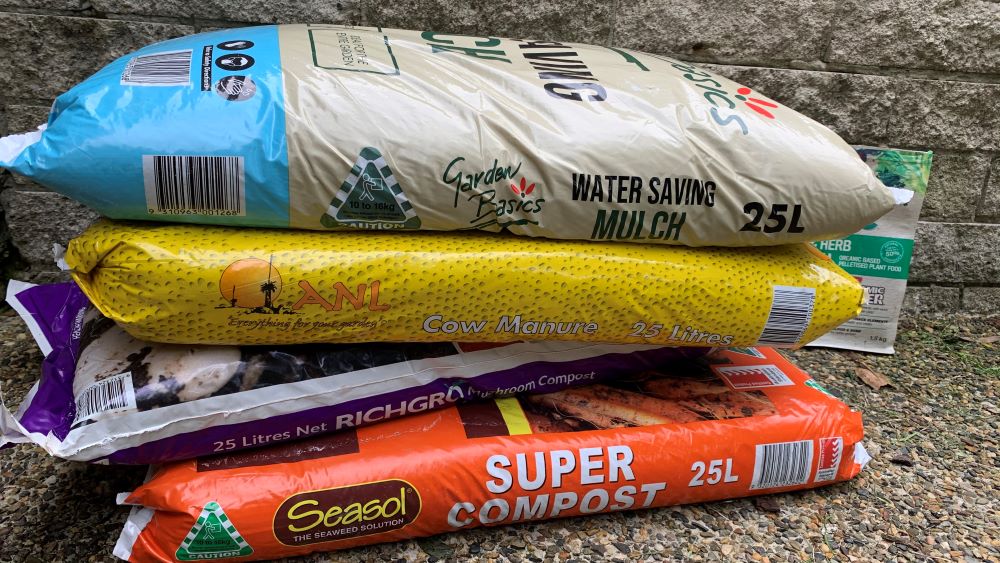
Manure and compost recipe
Ingredients: aged cow manure, compost
Mix together a 50:50 mix of aged cow manure and compost. You can use homemade compost or look out for a commercial compost mix. This gentle fertilizer and soil conditioner can be used in combination with pelleted chicken manure for nitrogen loving plants like leafy greens or use it on its own to prepare beds for potatoes, onions, garlic, beans, peas and carrots.
9. Tree trimmings
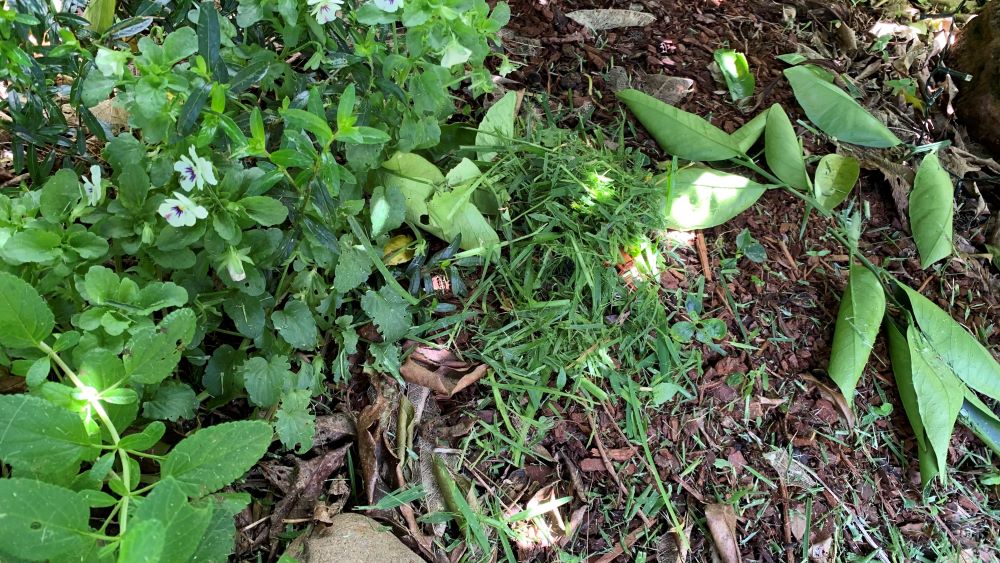
Tree trimming can be turned into excellent fertilizer. There is no need to waste offcuts from your garden when they can be made into a great fertilizer.
Tree trimmings contain loads of nutrients and can be used in your home garden as fertilizer. Layer them on the ground under trees and use them as a mulch. This is called chop and drop mulching and the nutrients are returned directly to the soil over time. Layer bark mulch over the top to help them to break down faster.
Thin tree trimmings can be broken down in a mulcher to add to your compost bin. You can run over them with a mulching mower to help them to break down fast.
10. Newspaper
Newspaper can be turned into a simple soil improver for your garden. It can be broken down in a worm farm, shredded into a compost bin or laid directly onto the soil. Newspaper on the soil will break down slowly while shredded newspaper added to worm farms will break down fast.

How to turn newspaper into a soil improver
Ingredients: Plain newspaper
Newspaper can be laid on the soil 6-10 layers thick between plants to stop weeds. The soil bacteria will break it down and release the carbon into the soil.
Tear newspaper into long strips and put them into your worm farm to absorb extra moisture and keep ants and flies off of your food scraps.
Shredded newspaper also makes perfect brown material for your compost bin. They will help to balance out the high nitrogen green ingredients and keep the moisture balanced in the compost.
11. Cardboard
Cardboard is a great free ingredient that can be used to improve the carbon content of the soil. Cardboard can be used as the base of a no-dig garden, can be placed around plants to keep weeds away or be fed to worms in a worm farm.

How to turn cardboard into fertilizer
Ingredients: Cardboard without any plastic coating or tape
Cardboard can be laid on top of the soil and it will be naturally broken down by worms and soil bacteria. Covering the cardboard with 2-3 inches of bark mulch will hold it in place, keep it moist and help the soil bacteria and worms to break it down faster.
Choose cardboard that does not have a plastic coating, does not have tape and has minimal color. Small amounts of printing is fine as most inks are plant based.
Thicker cardboard from packing boxes will keep weeds away for longer and will slowly add carbon to the soil.
Natural Homemade Garden Fertilizer | Summary
Making garden fertilizer at home with natural, biodegradable ingredients is a great way to avoid waste and return nutrients to your garden. My favorite simple, natural fertilizers include aged cow manure, worm castings and pelleted chicken manure. All of these will fertilize your plants and soil gently and will not burn new plant roots.
Happy growing.
I am an accredited practicing dietitian, experienced gardener and a dedicated cook. I love writing and sharing my experience so you can learn from my successes and mistakes.
